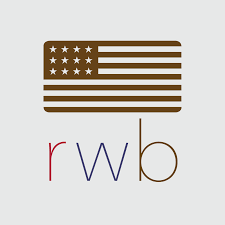The Colorado Lotus Project disaggregated data about the state’s Asian American, Native Hawaiian and other Pacific Islander communities, revealing new findings.
One of my biggest pet peeves when I tell people I’m originally from Colorado is the knee-jerk reaction: “Whoa, beautiful state — and isn’t it just full of white people?” Well, it’s true that about 65% of my home state’s population is white, according to census data. But that cheap, reductive reaction erases one-third of Coloradans and their stories — including my own Indian American family’s which began in the early 1980s there.
The state’s hub, Denver, used to be home to the world’s largest community of Mongolian immigrants. It’s also an official sister city to Chennai, India, as well as home to one of America’s Japantowns and a Little Saigon enclave. The suburb of Aurora has a booming Koreatown.
Only about 5% of Colorado identifies as fully or partly Asian, but they are part of the nation’s fastest growing racial/ethnic demographic and have vibrant histories of their own in Colorado.
That’s why I was thrilled to see the Colorado Lotus Project — an effort by the Colorado AAPI Circle in partnership with the Colorado Health Institute — take data about Asian American, Native Hawaiian and other Pacific Islander (AANHPI) communities in Colorado and disaggregate it to better understand the opportunities and challenges various sub-communities are facing. I’ve been helping spread word about this report to journalists around the state, as part of a Red, White and Brown Media grant, funded by the Colorado Media Project.




